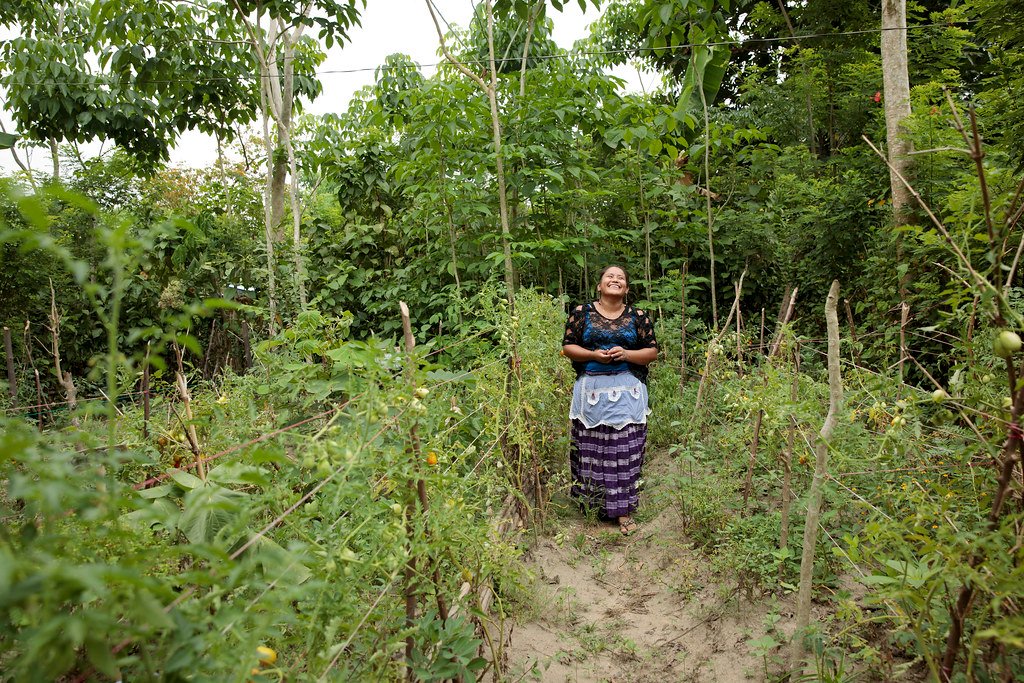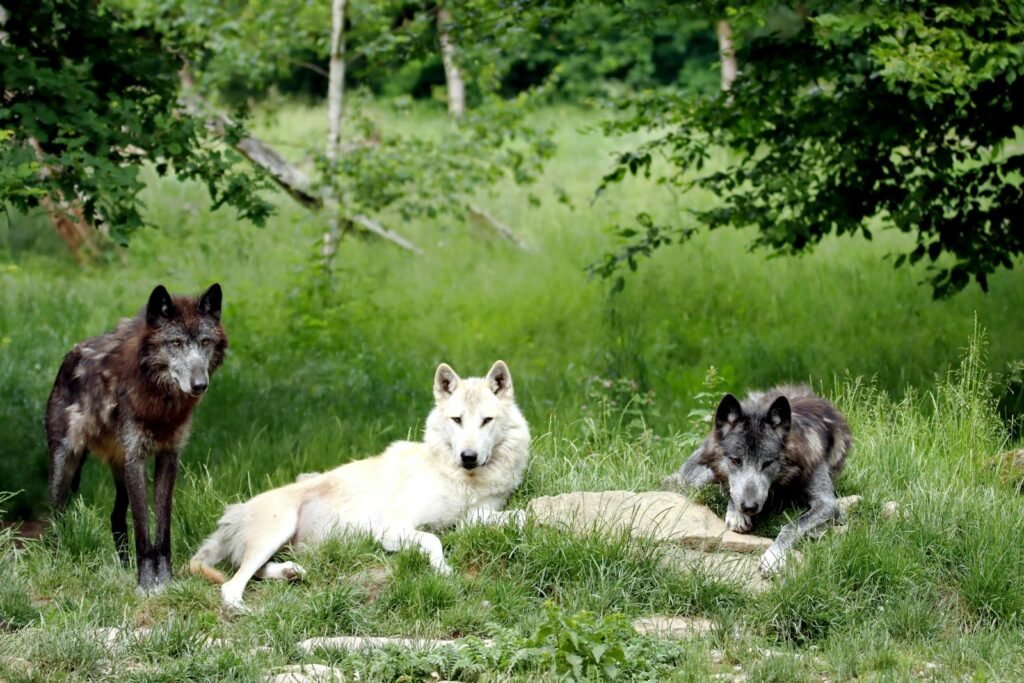There’s a quiet revolution stirring in the fields and gardens of North America—a movement that hums with ancient wisdom and bursts with the promise of a greener future. Imagine seeds, nestled in the dark earth, carrying stories older than many nations. These are the seeds tended by the Haudenosaunee, or Iroquois Confederacy, whose garden traditions pulse with resilience, memory, and hope. Today, as the world grapples with food insecurity and loss of biodiversity, the return of the Seedkeepers emerges as a beacon of inspiration. Their time-honored gardening knowledge offers not only sustenance but a profound connection to land, culture, and community. Step into this living legacy, where every seed tells a story, every garden becomes a sanctuary, and the wisdom of the ancestors flourishes once again.
The Haudenosaunee: Keepers of the Seeds
The Haudenosaunee Confederacy, often called the Iroquois, is a union of six nations: Mohawk, Oneida, Onondaga, Cayuga, Seneca, and Tuscarora. For centuries, their people have been revered as gifted agriculturalists. Their gardens were not merely sources of food—they were sacred spaces, woven into the very fabric of spiritual and communal life. The Haudenosaunee believe that tending the earth is a sacred responsibility, a form of gratitude and reciprocity with nature. Seeds, in their view, are not commodities but relatives, gifted by the Creator and entrusted to human care. This deep reverence for seeds shapes every aspect of their gardening practices, infusing them with meaning and purpose that transcends generations.
The Three Sisters: A Model of Ecological Genius

At the heart of Haudenosaunee gardening wisdom lies the legend of the Three Sisters: corn, beans, and squash. These crops are grown together in a harmonious trio, each supporting the others in a dance of cooperation. Corn provides a sturdy stalk for beans to climb. Beans fix nitrogen in the soil, enriching it for all. Squash sprawls across the ground, shading out weeds and locking in moisture. This ingenious system produces abundant harvests while preserving soil fertility—a lesson in sustainability that modern agriculture is only just beginning to appreciate. The story of the Three Sisters is not just a tale from the past; it remains a blueprint for regenerative farming even today.
Seedkeepers: Guardians of Genetic Diversity

Seedkeepers are individuals who preserve and pass down traditional seeds, acting as living libraries of genetic diversity. In Haudenosaunee communities, this role is often considered sacred, with special ceremonies and protocols for saving, planting, and sharing seeds. These seeds are more than genetic resources—they are vessels of memory, culture, and belonging. As industrial agriculture narrows the diversity of crops, Seedkeepers resist by nurturing heirloom varieties that might otherwise disappear. Through their careful stewardship, ancient beans, colorful corn, and unique squashes continue to thrive, ensuring that future generations inherit a rich and resilient food legacy.
Gardening as Ceremony and Storytelling
For the Haudenosaunee, gardening is not just a task; it is a ceremony, a form of storytelling. Every season is marked with rituals of planting, tending, and harvest that honor the cycles of life and the spirits of the land. Songs are sung to coax seeds from their slumber. Stories are shared among young and old, linking each generation to the land and its bounty. The garden becomes a living classroom, where lessons of patience, respect, and gratitude are sown alongside the crops. In this way, the act of gardening becomes inseparable from the act of remembering and teaching.
Resilience in the Face of Adversity
The history of the Haudenosaunee is marked by resilience. Colonization, forced removal, and assimilation policies once threatened to erase their traditions—including their gardens. Yet, Seedkeepers and gardeners persisted, hiding seeds in hems of dresses or tucking them away in secret places. Today, many Haudenosaunee families are reclaiming their gardening heritage with pride and determination. Their resilience is a testament to the power of seeds—tiny, persistent, and capable of weathering even the harshest storms. This legacy inspires others facing adversity to find strength in cultural roots and ancestral knowledge.
Modern Science Meets Ancient Wisdom
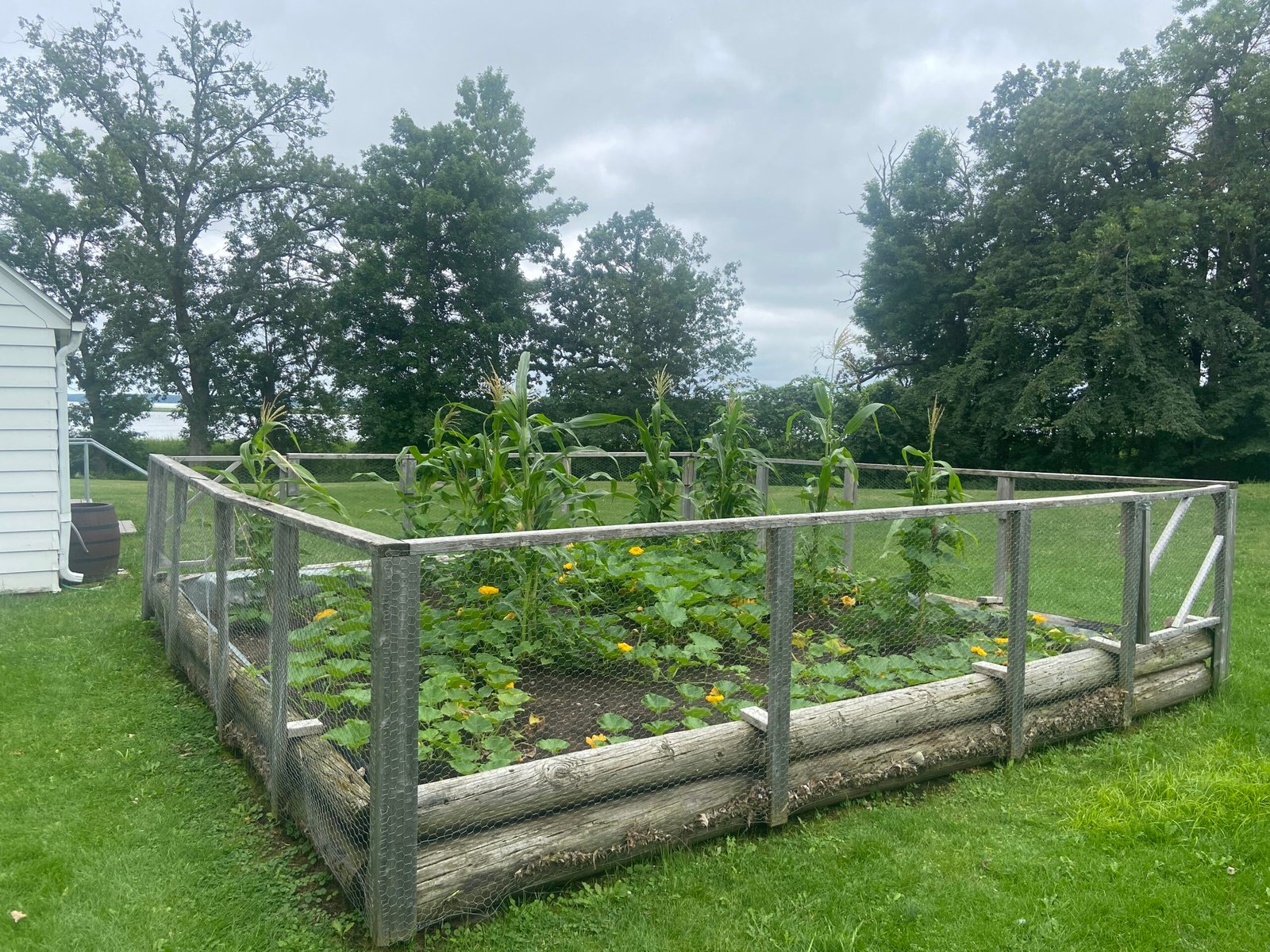
Scientific research increasingly validates the sophisticated knowledge embedded in Haudenosaunee gardening traditions. Studies show that intercropping systems like the Three Sisters produce higher yields, improve soil health, and support biodiversity. Heirloom seeds, maintained by Seedkeepers, often possess unique qualities—drought tolerance, pest resistance, or superior nutrition—that are invaluable in a changing climate. As scientists seek sustainable solutions to global food challenges, they are turning to Indigenous wisdom for guidance, sparking new collaborations that blend tradition and innovation.
Restoring the Sacredness of Seeds
In the modern world, seeds are often treated as mere products—bought, sold, and genetically modified for profit. The Haudenosaunee perspective offers a radical alternative: seeds as sacred relatives, deserving of respect and protection. Seedkeeping is not just an agricultural act; it is a spiritual and ethical commitment. Many Seedkeepers hold ceremonies to bless and honor their seeds, believing that this care imbues them with vitality and strength. Restoring the sacredness of seeds challenges us to rethink our relationship with food and nature, inviting a more respectful and reciprocal approach.
Women at the Heart of Seedkeeping
Haudenosaunee society is matrilineal, with women playing central roles as Seedkeepers and gardeners. From selecting the best seeds to teaching the next generation, women are the stewards of agricultural knowledge and cultural continuity. Their work is not only practical but deeply symbolic, representing the nurturing power of mothers and grandmothers. In many communities, women’s councils make decisions about land and food, ensuring that Seedkeeping remains a collective and inclusive effort. Their leadership is a powerful reminder of the essential role women play in sustaining life and heritage.
Reviving Lost Varieties and Forgotten Flavors
One of the most thrilling aspects of the Seedkeeper movement is the revival of lost crop varieties—beans with wild colors and patterns, sweet corns with rich histories, and squashes shaped unlike any found in supermarkets. Each seed brings back a forgotten flavor, a piece of history, and a glimpse into the culinary creativity of the past. Community seed swaps, heritage gardens, and food festivals now celebrate these treasures, reconnecting people to tastes and stories nearly lost. This revival is not only about food; it is about reclaiming identity and pride in a shared heritage.
Inspiring Future Generations
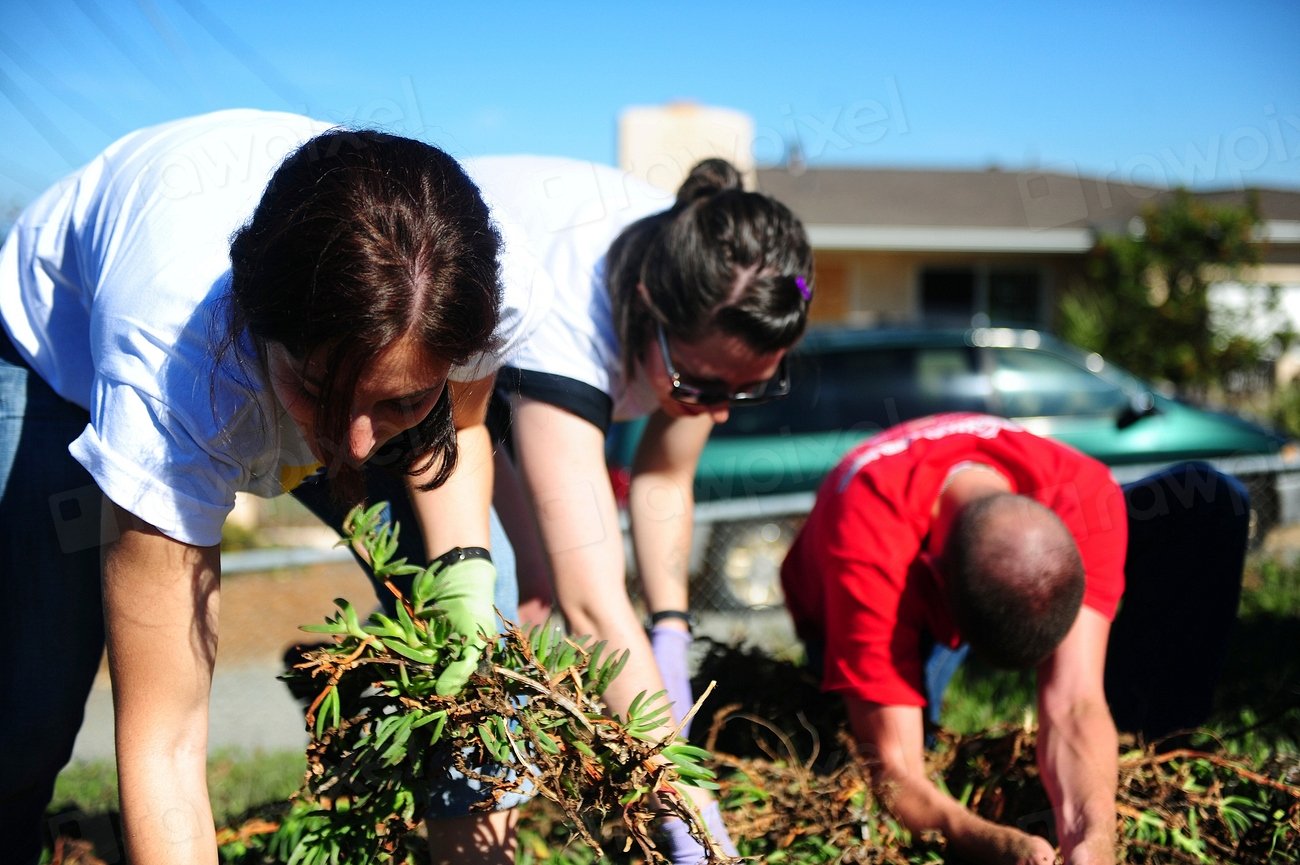
The wisdom of Haudenosaunee gardening is now reaching new audiences—young people, urban gardeners, and scientists alike. Schools and community centers host workshops where children learn to plant the Three Sisters, elders share stories, and everyone gets their hands in the soil. These experiences are more than educational; they are transformative. They plant seeds of curiosity, responsibility, and hope in young hearts, ensuring that the legacy of the Seedkeepers will continue to flourish for generations to come.
The Global Importance of Indigenous Seedkeepers
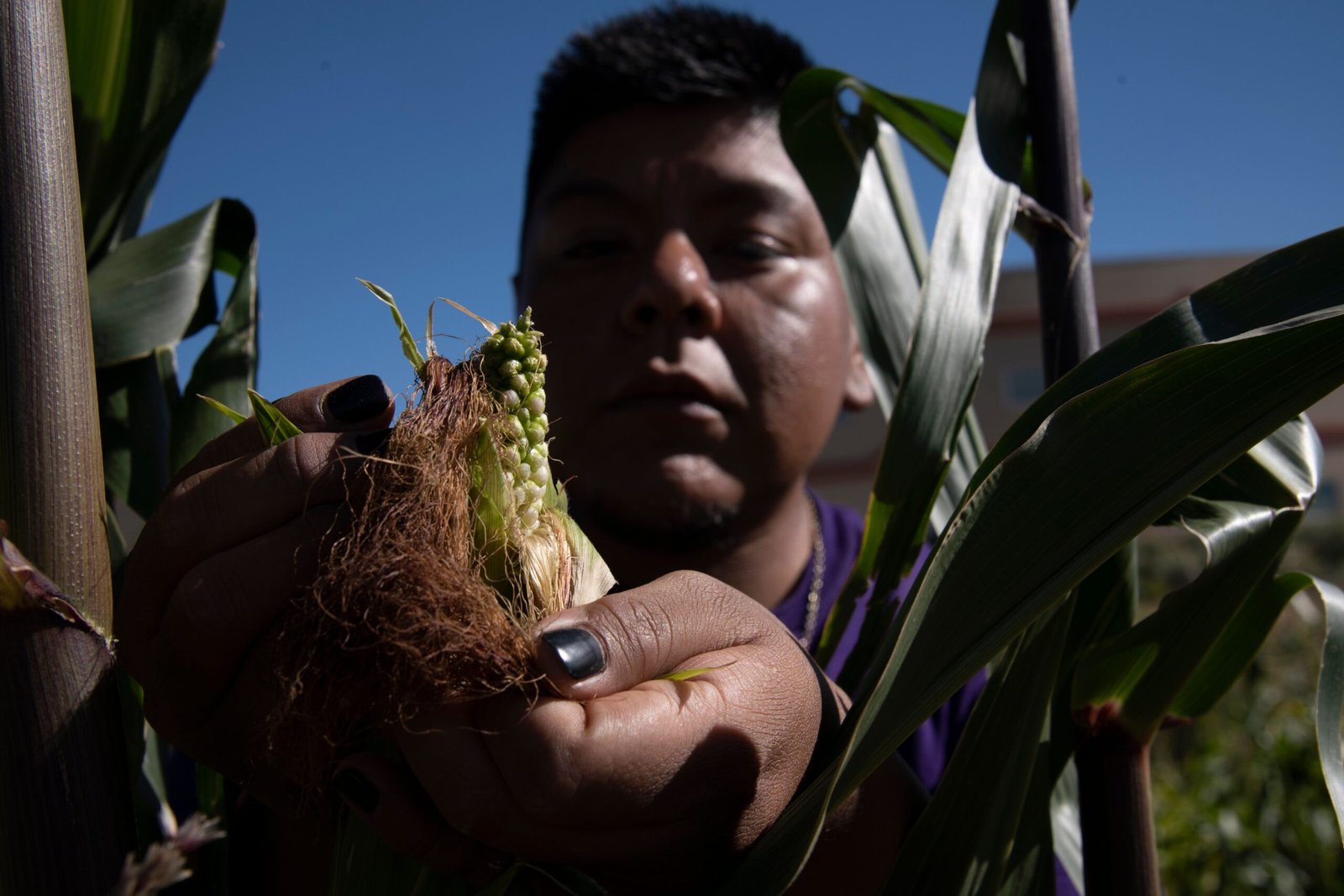
The challenges facing our global food system—climate change, dwindling biodiversity, and hunger—are daunting. The example of the Haudenosaunee Seedkeepers shines as a model for resilience and renewal. Their practices remind us that safeguarding diversity and honoring the earth are not relics of the past, but urgent imperatives for the future. Indigenous Seedkeepers worldwide hold keys to food sovereignty, environmental health, and cultural survival. By listening to their wisdom, we can all become better stewards of the land and guardians of the seeds that sustain us.
The story of Haudenosaunee garden wisdom and the return of the Seedkeepers is one of hope, endurance, and renewal. As we face uncertain times, what lessons can each of us harvest from these ancient seeds?

